|
|
|
|
Species Photo Gallery for Hebetica sylviae No Common Name 11 |
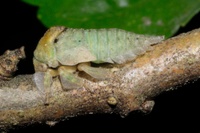 | Photo by: Scott Bolick
Forsyth Co.
Comment: unid_treehopper | 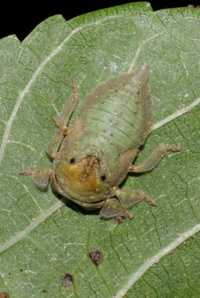 | Photo by: Scott Bolick
Forsyth Co.
Comment: unid_treehopper |
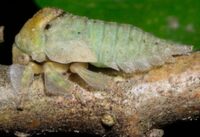 | Photo by: Scott Bolick
Forsyth Co.
Comment: |  | Photo by: Scott Bolick
Forsyth Co.
Comment: unid_treehopper - unid_treehopper |
 | Photo by: Scott Bolick
Forsyth Co.
Comment: unid_treehopper - unid_treehopper | 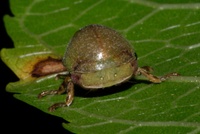 | Photo by: Scott Bolick
Forsyth Co.
Comment: unid_treehopper - unid_treehopper |
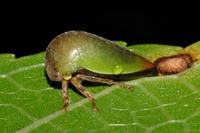 | Photo by: Scott Bolick
Forsyth Co.
Comment: unid_treehopper - unid_treehopper |  | Photo by: Scott Bolick
Forsyth Co.
Comment: State record |
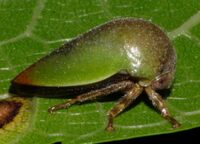 | Photo by: Scott Bolick
Forsyth Co.
Comment: State record |  | Photo by: Scott Bolick
Forsyth Co.
Comment: State record |
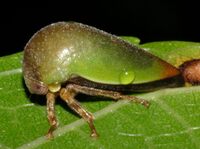 | Photo by: Scott Bolick
Forsyth Co.
Comment: State record |

 »
»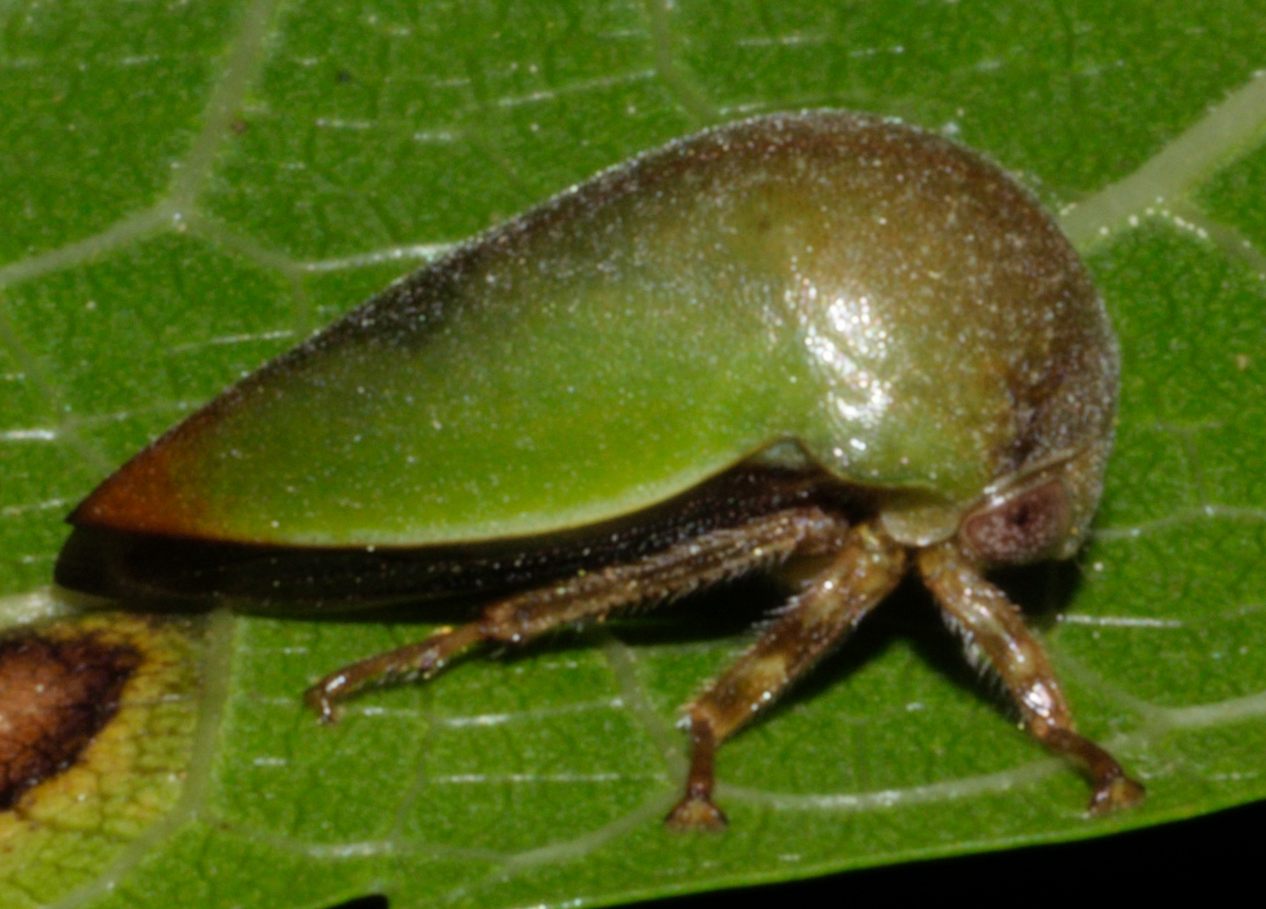




 »
»


